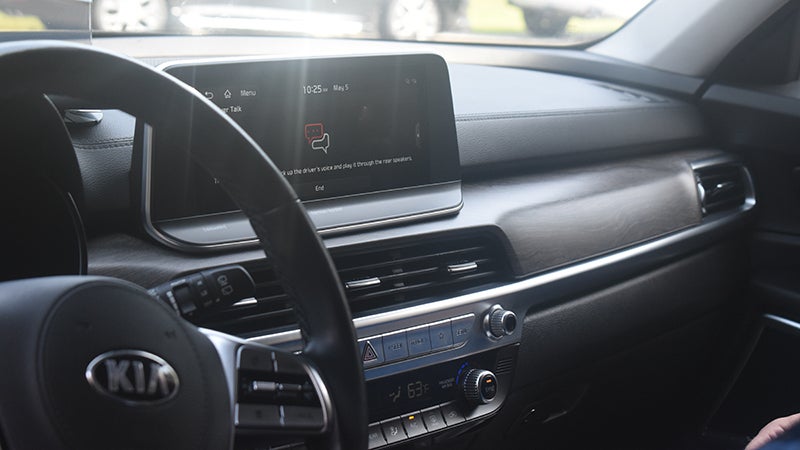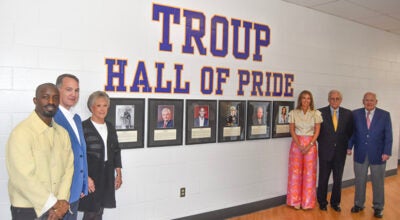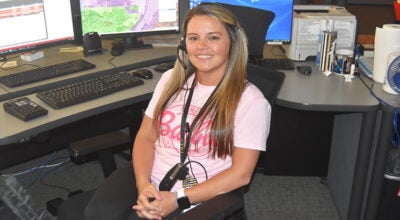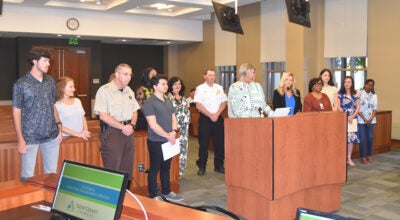Panasonic demonstrates connected roadway safety technology on The Ray ride-along
Published 8:00 am Friday, May 6, 2022
|
Getting your Trinity Audio player ready...
|
A new safety feature introduced Thursday could have the capacity to more accurately alert drivers of nearby road accidents and more.
During a special meeting at Georgia State Patrol Post 2, Georgia Department of Transportation (GDOT), The Ray, KIA Georgia and Panasonic demonstrated a new fully operational connected vehicle environment along 18 miles of I-85, known as “The Ray Highway,” utilizing the Cirrus by Panasonic connected vehicle data management platform. Cirrus by Panasonic detects real-time roadway events and communicates safety-critical messages to travelers about driving conditions. The technology allows GDOT to deliver real-time situational awareness to drivers on equipped roadways, including rural areas where alert technology may be out of reach.
Stakeholders such as KIA were allowed to go on a special ride-a-long to personally see a demonstration of the technology at work.
“Customer safety is the number one priority for Kia Georgia team members and the V2X program is a forward-thinking initiative that puts Kia at the heart of the solutions of tomorrow, where vehicles and infrastructure communicate seamlessly to enhance the safety and efficiency of travel along our nation’s highways,” Stuart Countess, KIA Georgia’s president and CEO, said in a press release.
Allie Kelly, executive director of The Ray, compared it to traffic alert apps like Waze but with more timely, instant details on traffic accidents that is hands-free.
“I live in West Georgia and commute to Atlanta a lot. There are many mornings when everything stops, and there are no dynamic message boards [or anything else] to tell me [what’s happening],” Kelly said. “This is coming straight into my car. I see it in my car … I know it’s good information because it’s coming directly from my car’s computer, and it’s real-time, real place, and I’m not being asked to validate it because the information is already validated.”
Alan Davis, State Traffic Engineer at GDOT, said the vehicle-to-everything (V2X) technology can be installed in most modern cars but that Panasonic was pushing auto industries to pre-build it into newer automobiles.
“[The technology] ties directly into the vehicle’s system … and most vehicles on the market already have this built in,” he said.
The technology can further detect and warn drivers about weather events, work zones, hard braking and even vehicle crashes in a real-world highway environment. The experience includes an in-vehicle visualization of traveler warnings and the capabilities of V2X technology installed on and along roadways. The digital communication that enables the intelligence of connected roadways, as well as the Cirrus cloud platform point of view, manages the data for GDOT in order to detect events.






